Conservator Ms. Chen Interview
About Ms. Wang-Ping Chen

|
Occupation:
National Taiwan Museum Collection Managment Department Conservator Education:
|
Q & A
1. In the conservation room, what are the basic tools and instruments that fasten the workflow?
Conservator Chen: Speaking of tools, we create designated areas. The area right behind you is the material zone, then our computer writing and photography zone. The wet zone in the back includes the sink and experimental desk. The last section is where we conduct chemical-related experiments. Our focus is still on the work desk. The usage of other tools will depend on the artifact. Basically, we use brushes and tweezers.
2. How were the conservations of the three most important artifacts (The Royal Image of Zheng Chenggong, Kangxi Taiwan Map, and National Flag of the 1895 Republic of Formosa) being conducted?
Conservator Chen: If it is a regular conservation project, we will use our bare eyes to check the status of the artifacts to ensure its stability. But if we find that the artifact is not stable and is starting to deteriorate, we will conduct conservation processes. The three artifacts you mentioned are all National Treasures. Their status is also more complicated. Therefore, we hired other international conservation teams to do it.
3. What are the SOPs (Standard Operating Procedures) of the artifact conservation?
Conservator Chen: We will conduct an inspection and record its status in order to get a basic understanding of the artifact. Then we will continue to analyze and develop the necessary process required to stabilize the artifact. First, we will clean it. Then we will use some light-colored paint to improve the artifact’s overall appearance. Lastly, and the most importantly, is to document the entire conservation process. The documentation includes the kinds of materials used in certain areas. The more complete the documentation is, the better for later conservation projects.
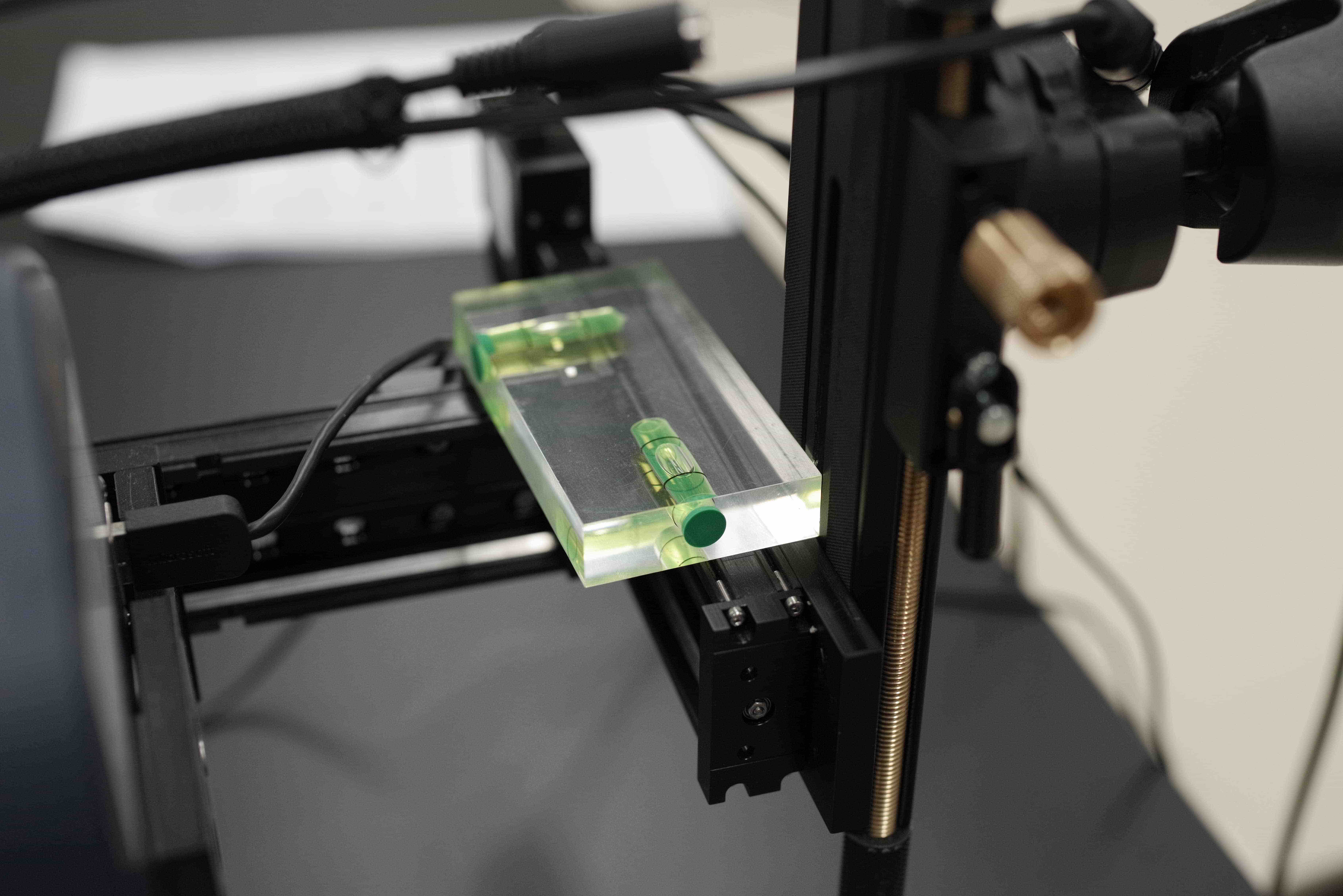
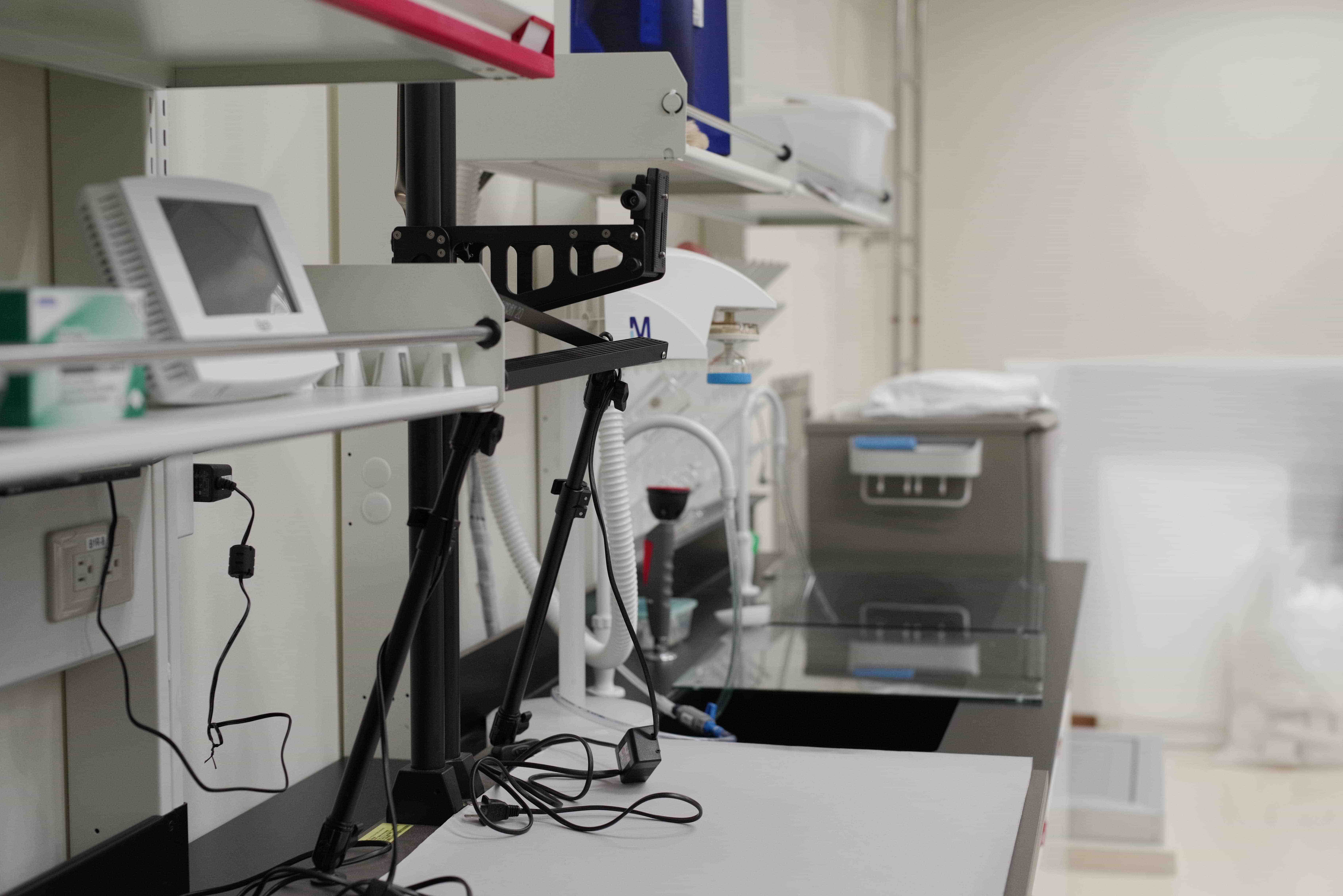
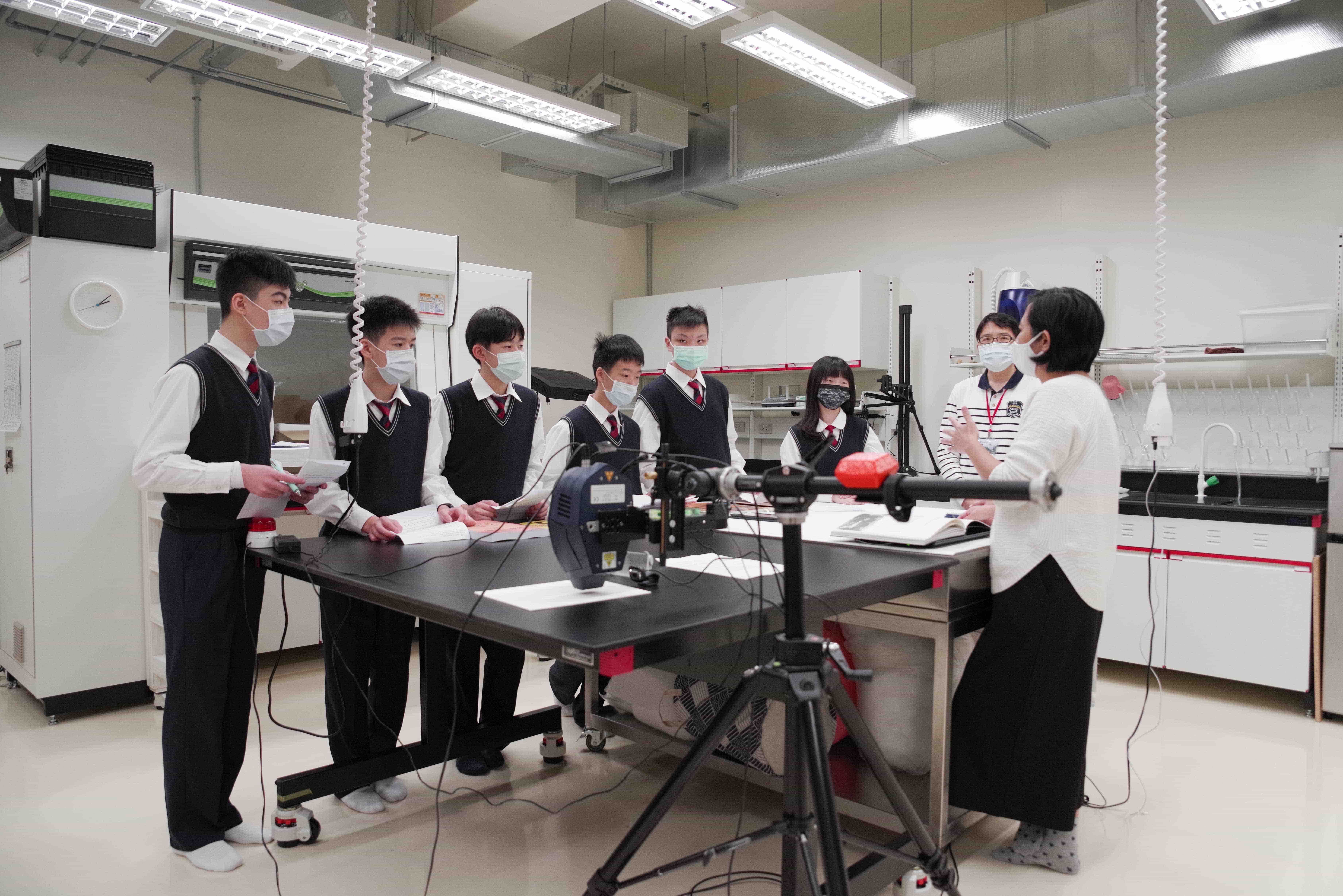
4. During your career as a conservator, has anything inspired you to develop a new idea or have there been any ways that you have come up with an innovative solution to a problem?
Conservator Chen: Some innovative thoughts or techniques are created based on the actual problems with each artifact. “Innovation” can be defined as a use of another material or a difference in the SOP. We also reference other international conservation cases and combine them with our original techniques. For example, we tried to use magnets to help this clip add more power. The pressure we have used before was always downwards, due to gravity. But through the use of magnets, we can change the orientation of pressure. We will calculate the artifact’s mass and make a non-vertical pressure. We are not the first to make this change, but through analyzing others’ work, we can comprehend and enhance our ability to conserve artifacts.
5. What abilities and skills does one need to become a conservator? In your opinion what is the most important ability?
Conservator Chen: The conservators need a keen sense of observation, and also problem solving and communication skills. This is because it is crucial to be able to observe how the artifact has been damaged. In addition, a conservator also needs good hearing, because you can determine the material a piece of paper is made out of by using your auditory senses. Once you find out what’s wrong with the artifact, you need to figure out the safest way to solve the issue. We need everyone to reach a common goal and are in the same mindset before starting the process of conservation.
6. Lots of people say we need to enjoy our jobs. Ms. Chen, what is the meaning of conserving artifacts and what kind of joy it brings to you?
Conservator Chen : The biggest sense of accomplishment one can get in this job, is the striking differences of the artifact before and after conservation, because we improved the condition of the artifact, letting it become cleaner and more stable.
Moreover, conservation is a subject that covers many topics. Every day, we gain more knowledge, encounter new problems, urging me to find the solution. In my opinion, learning new things every day is fun and enjoyable.
Ms. Chen points out that the meaning of the word, “conservation,” is to lengthen the lifespan of something worth keeping. The meaning of the word “restoration,” is to restore an artifact to its original form. For example, if a table is missing a piece, you fill in the space with a new piece of material, or maybe when a calligraphy character is missing a stroke, the conservator would help stroke it on. However, if you are going to just conserve the artifact, you wouldn’t need to restore it to its original form. Because conservators believe that the missing piece would be filled in with the viewer’s imagination.
Between conservation and restoration, we normally do conservation. When the artifact is damaged, we use safe methods to repair it, and these are actions modern conservators would take.
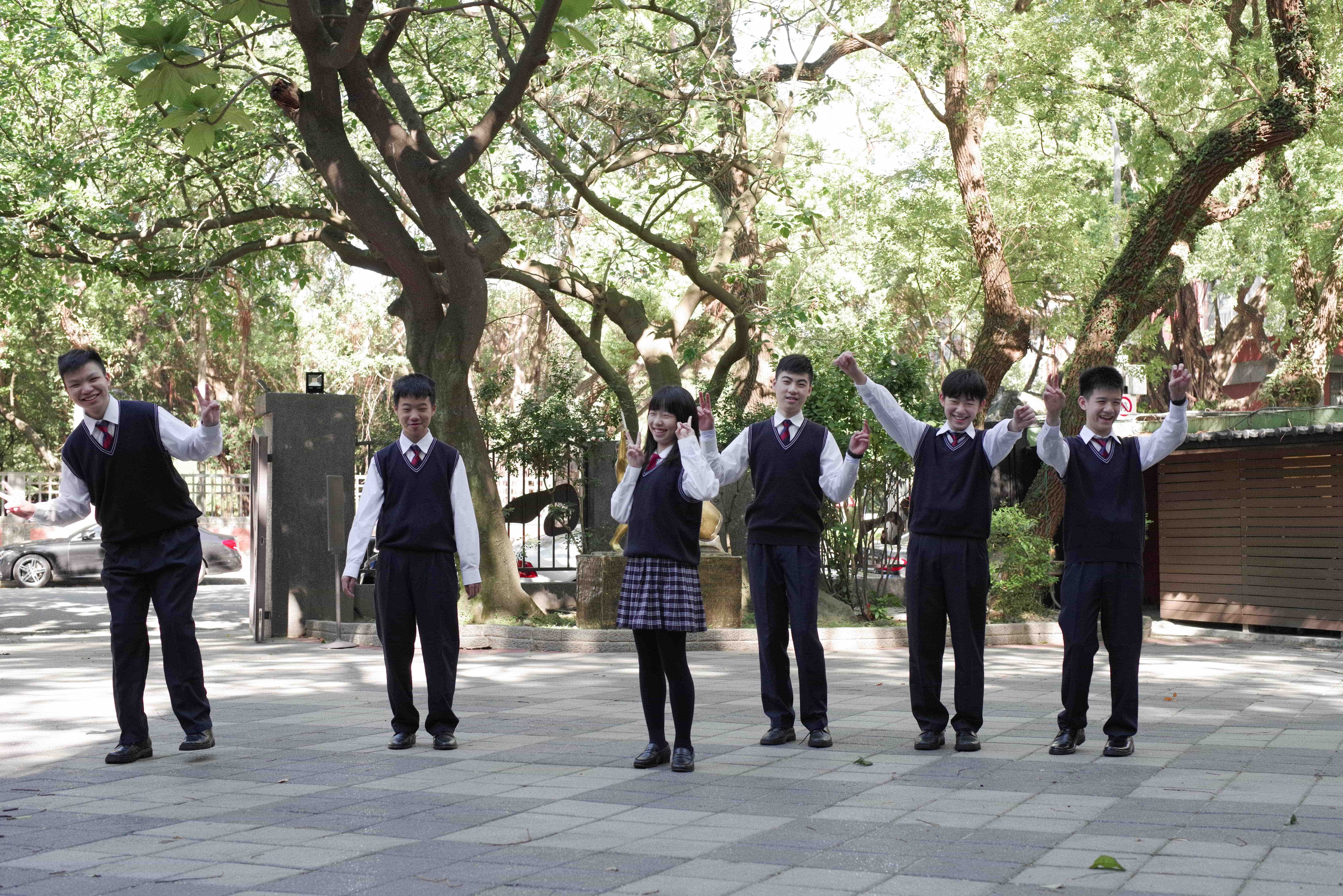
|
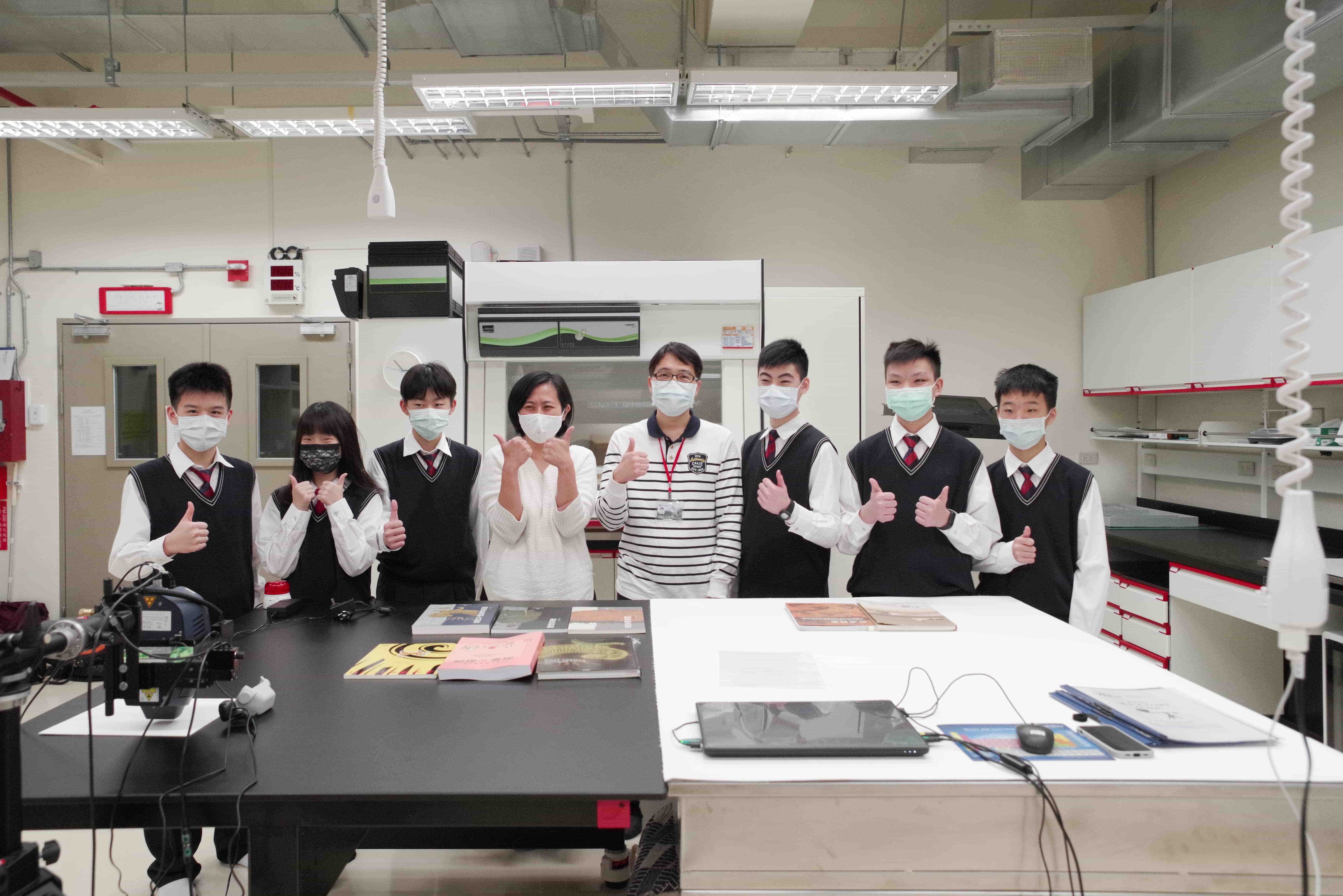
|
|---|